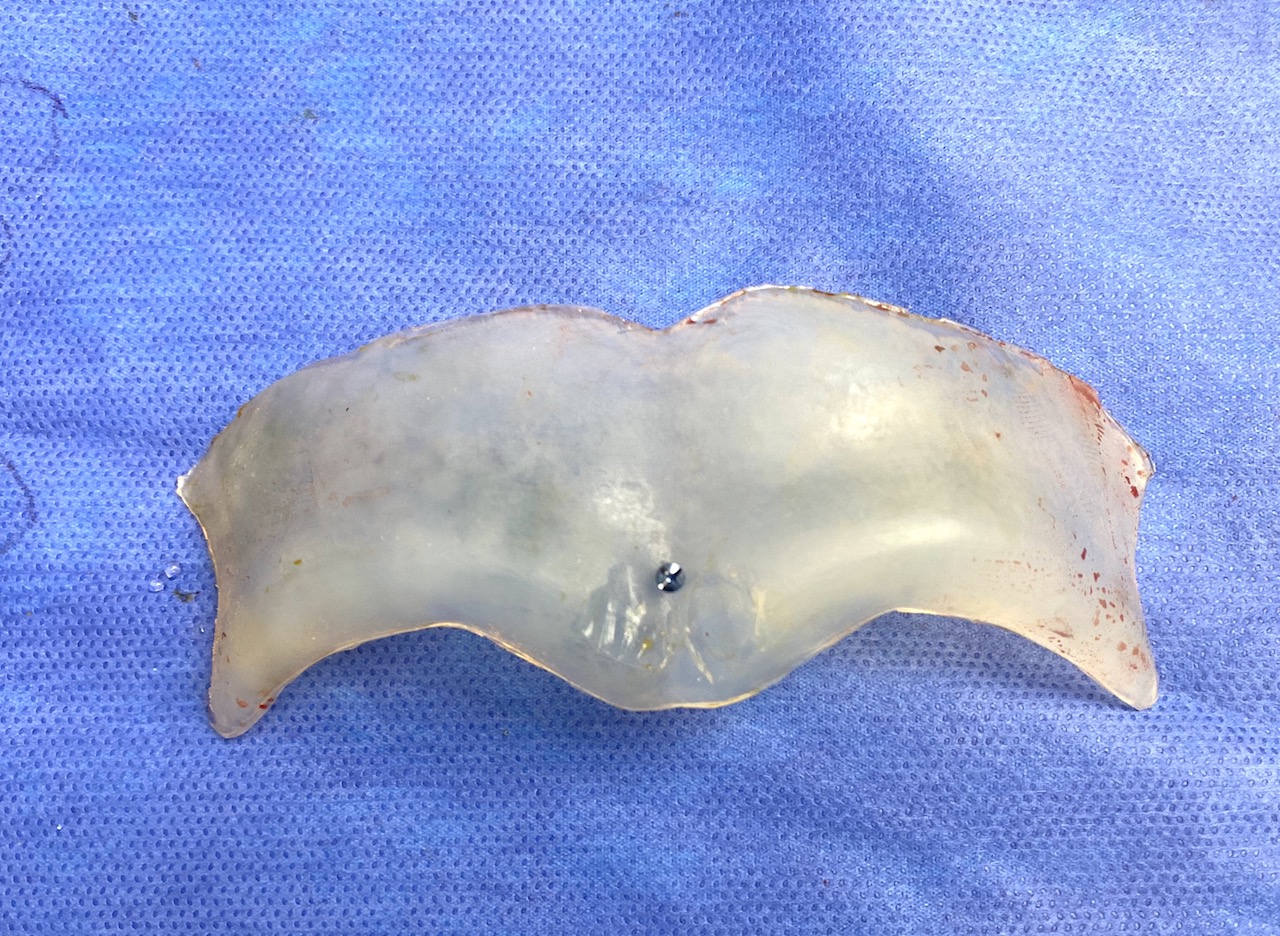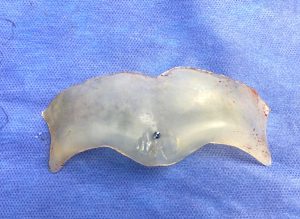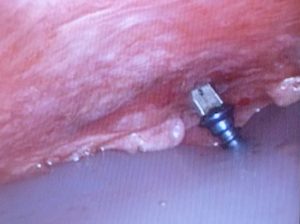Custom brow bone implants are the only permanent and aesthetically effective method for this specific type of aesthetic augmentation of the lower forehead which is most commonly done in men. The implant is placed using an endoscopic technique that in many ways is similar to an endoscopic brow lift, at least in terms of the dissection and tissue release along the supraorbital rims.
The key to the custom brow bone implant is to get to positioned low enough and then secure it into that position. Getting the implant low enough requires a good subperiosteal tissue release to get the implant down over and under the brow bones. This is the tightest part of the pocket and, as a result, there is a natural rebound or pushback effect of the overlying soft tissues. Once the implant is adequately positioned low in the pocket holding it there is equally important.
Screw fixation of brow bone implants can be done by several methods based on whether a natural glabellar furrow exists or not…which is somewhat age dependent. In younger patients with a smooth glabellar region between the eyebrows, small screws can be placed into the tails of the implant along the infraorbital rim through lateral upper eyelid incisions. Or the screws can be placed through small incisions placed inside the tail of the eyebrows if the brow bone implant ends are shorter.
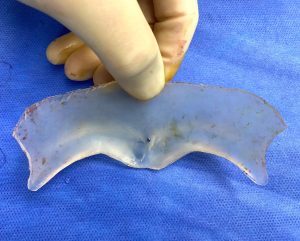
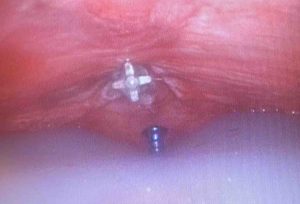
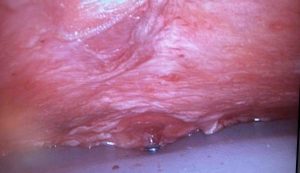
Where screw fixation is done along a custom brow bone implant is not important as long as it is done. A single midline screw is effective and, if a prominent vertical glabellar furrow exists, avoids the need for bilateral screw placement through the upper eyelids or tail of the eyebrows. This will lessen the amount of swelling and bruising that can develop around the eye area that occurs with almost any brow bone surgery.
Dr. Barry Eppley
Indianapolis, Indiana

